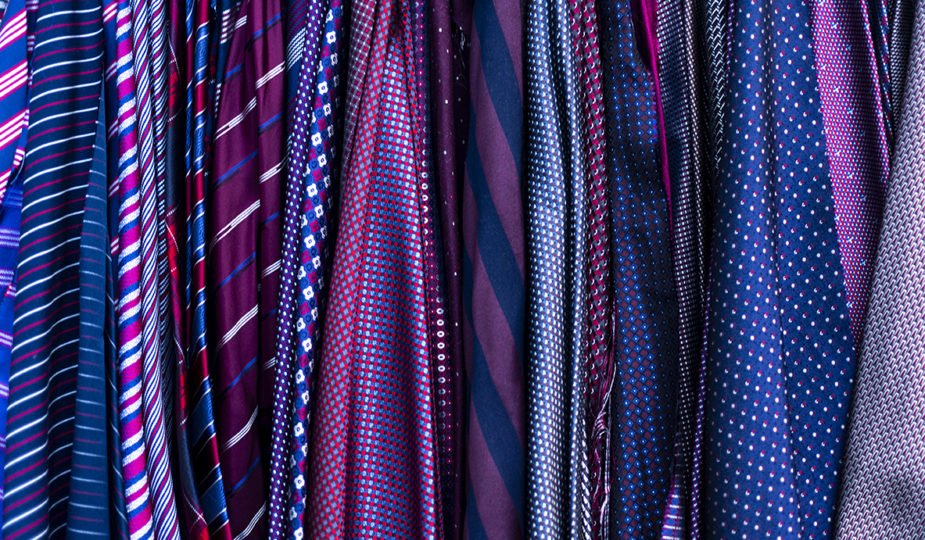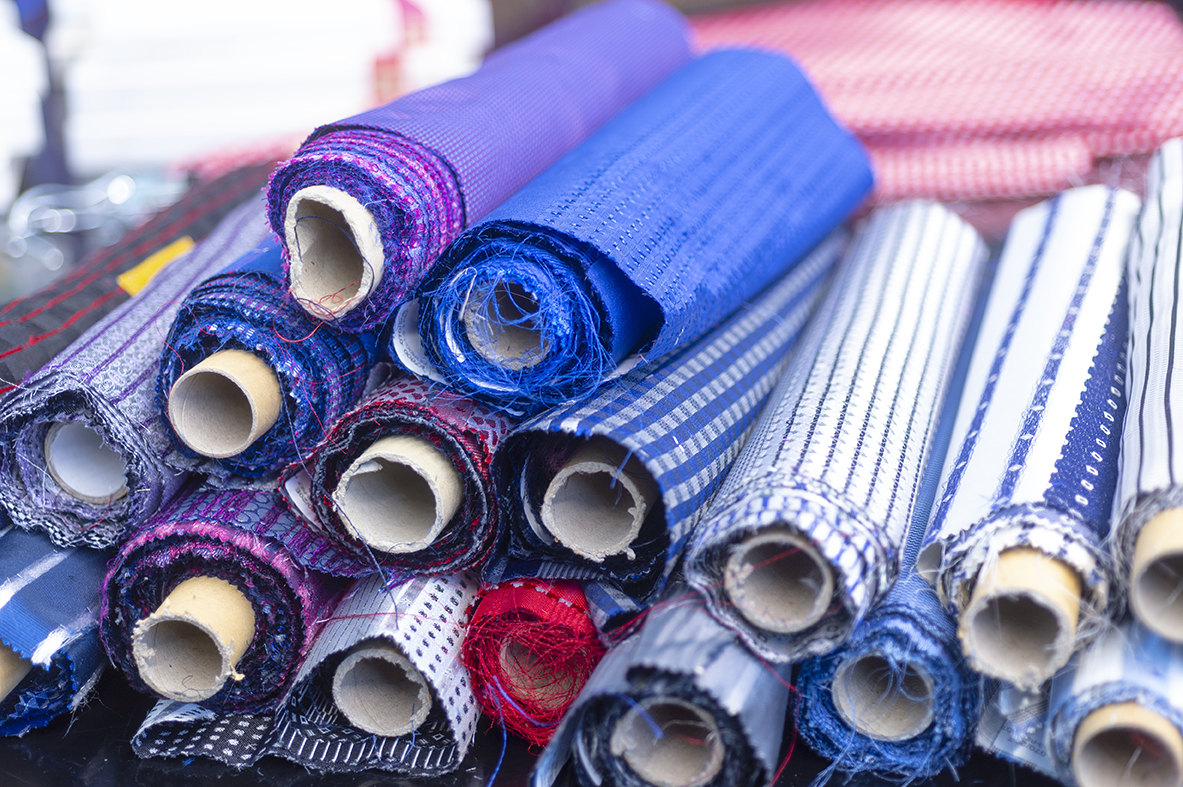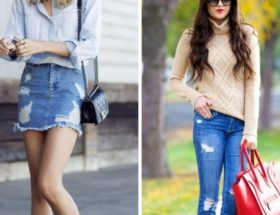
Style and Fabrics for Ties and Foulards
The fabrics used for ties and foulards have always played a decisive role in textile production. Theirs is a stylistic path characterised by significant research on yarns and materials and, above all, iconography. In fact, each article had to avoid banality while attempting, at the same time, to draw attention to the design, the true starting point of every creation.
Fabric design for accessories
In light of the above, we can easily understand the strong multiplication of fabric designs for accessories demanded by fashion houses from season to season. The real elegance of these designs is their loyalty to a style or genre. This way, the personality and character of the wearer is respected.
Focusing more closely on the design, we can state that, generally speaking, for fabrics for ties and foulards there is a tendency to make a distinction between classic and custom motifs.
Various tie and foulard motifs
The classic fabrics for ties and foulards revolve around geometric motifs such as rhombuses, circles, and small or micro-sized dotted squares. If these patterns are repeated on the fabrics at a close proximity, they are referred to as “all over”. When the accessory has a striped pattern, it is rarely arranged vertically, but nearly always horizontally to give greater dynamism to the texture of the fabric.
Dots, more commonly called polka dots, can have different sizes, moving across the fabric for ties or foulards in an orderly manner, in the case of men’s accessories, or without a fixed rule or predetermined size in the case of women’s accessories.
Fabrics for ties and scarves with a paisley motif draw on the classic Indian “palm of life”, transforming it into a decoration that unfolds along the fabric, creating a remarkable visual impact.
On the contrary, fabrics for accessories in the custom genre have a broader and more diverse presence on the market, making it difficult to create a classification as for the previous category. In any case, abstract and informal motifs are alternated with prints of plants or animals, objects and, last but not least, symbols such as logos that denote a creative brand, designer or company.

Futurism is certainty one of the cultural references in this type of fabric design for ties and foulards. In this case, the design changes and multiplies everyday objects, making them livelier and constantly updated. It is a trend that expresses the utmost creativity through design, taking delight in mixing folkloric references with frequent tributes to ecology.
The revaluation of images coincides with a new interest in designs for tie or accessory fabrics, whether these fabrics are jacquard or traditionally printed, animating the silk and cotton bases with colours and ornamental shapes. It is a real style revolution, so much that many companies are juxtaposing traditional fabric collections with artistic collections too, some even specialising in the creation of a specific product.
Tie and foulard fabrics: a reflection of society
In conclusion, we can say that with their designs, fabrics for ties and foulards are a reflection of the society that surrounds us. Elaborating further, they depict the evolution and mutability of things, starting from the oldest memories up to the latest trends in the world of fashion. A universe channelled into fabrics that will become an accessory, a calling card for men synonymous with feminine charm and elegance.









